
‘In an inclusive culture, homophobic behaviour isn’t tolerated’: Matt Janssen
I’ve worked for Australia’s biggest corporates, worked for an AFL club in a part-time recruiting role, coached junior athletes, and competed on the national road cycling circuit.
I kept my sexuality to myself during those early years. I mean, how could the ‘golden boy’ at work be gay? How could a gay man ever be tough enough to play football at the highest level or, heaven forbid, coach young men?
I was recently asked why I didn’t follow my dream of coaching at the highest level or cycling.
The latter may have been my lack of ability on the bike, but I walked away from football because I was gay.
I wasn’t resilient enough to push through the constant feeling that I didn’t belong. Diversity is one thing, inclusion is another.
That’s why I’ve been so passionate about LGBTI inclusion in the workplace and in sport.
So many young people are turned off of sport by their early experiences at school or in their first sporting team. For me, it was both along with the rampant masculinity among my team mates and their homophobic behaviours.
And this isn’t new. I’ve heard parents talk about influencing their daughters to play netball because if they play soccer, hockey, or football they might ‘turn out to be lesbian’. How ridiculous.
So how can sporting codes, clubs, coaches, and parents decrease homophobia in sport? I think it’s all about culture.
The World Economic Forum recently described culture as an emergent property of the system that is your organisation. It’s composed of every person, process, and protocol in an organisation and is the sum of a thousand little actions.
In an inclusive culture, homophobic language and behaviour aren’t tolerated – the standard you walk past is the standard you accept.
Just look at the NRL’s response to a fan who made a comment on social media after seeing two same-sex players kiss on the field; they hit back and welcomed the person to 2018.
This is a proof point that the NRL wouldn’t tolerate an action that isn’t aligned with its culture.
I’d encourage sporting codes and clubs to participate in ACON’s Pride in Sport Index – it’s world class and clearly articulates the areas we need to focus on.
Oh, and don’t be that proud that you can’t look for inspiration outside of your own sport.
Another question I’m often asked is – surely a sport or club is only inclusive or LGBTI friendly if a player comes out?
What a load of rubbish. Create a culture and environment in which players, staff, and fans can bring their whole selves to the contest and if they want to share their sexual orientation, they will.
What’s interesting is that there are many more female professional athletes that feel comfortable to share their sexuality than male professional athletes.
I think this might be due to the financial disparity. Perhaps male elite athletes feel like they have more to lose?
That’s a topic for a future article.
Matt Janssen is the President of Wear It Purple and a Board Associate at Queer Screen. Connect with him on Twitter: @matt_janssen.




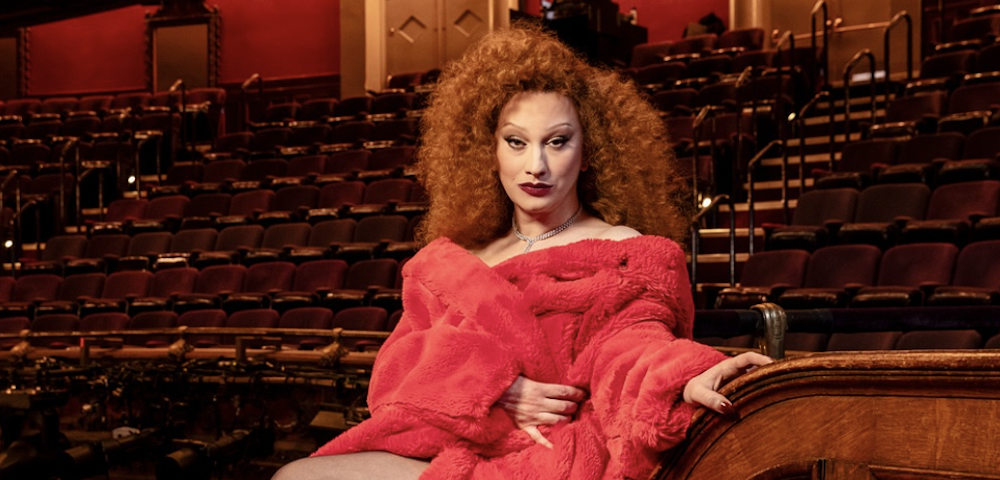
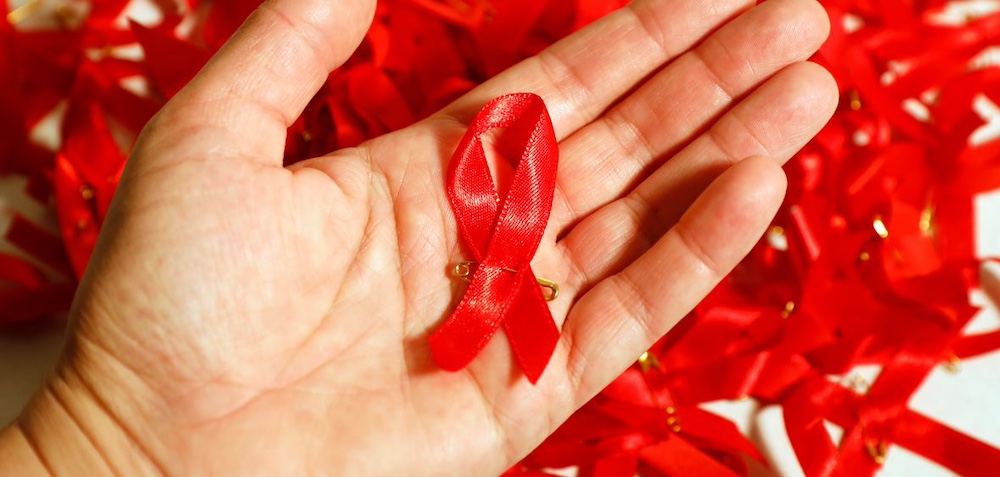
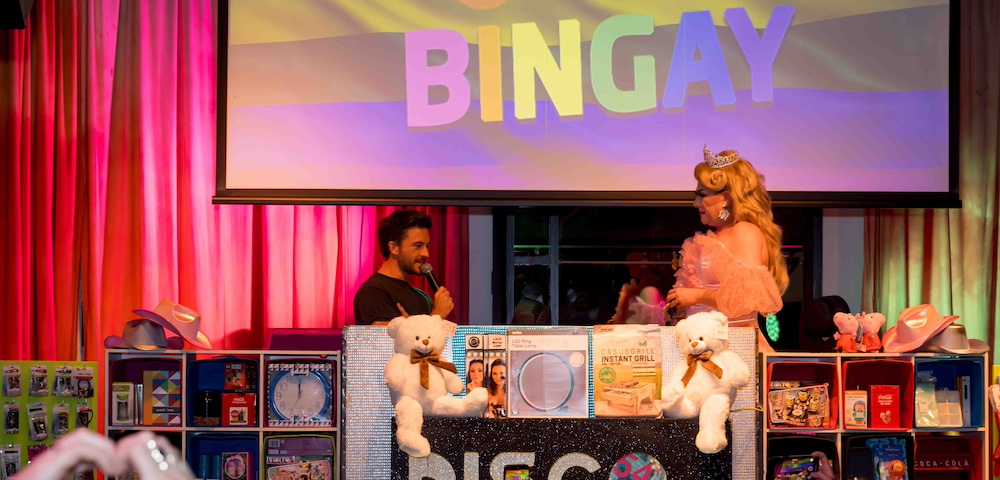
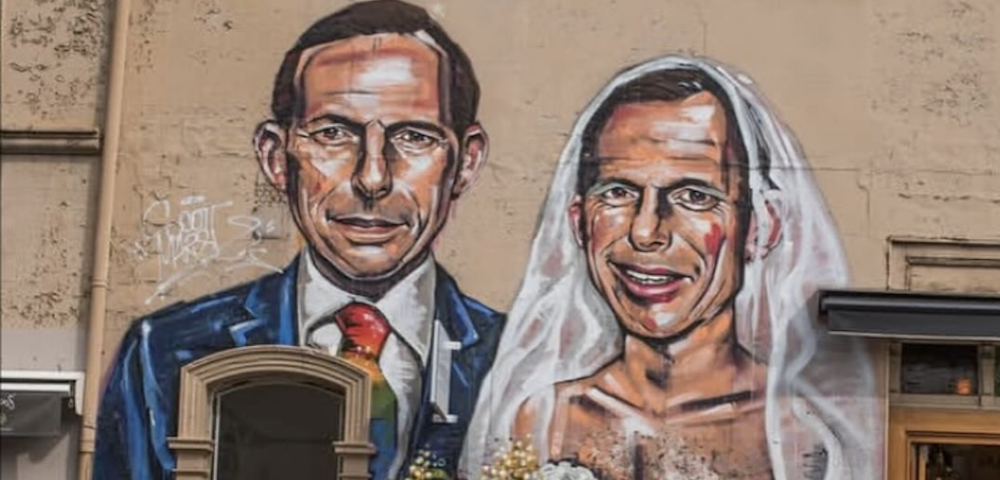
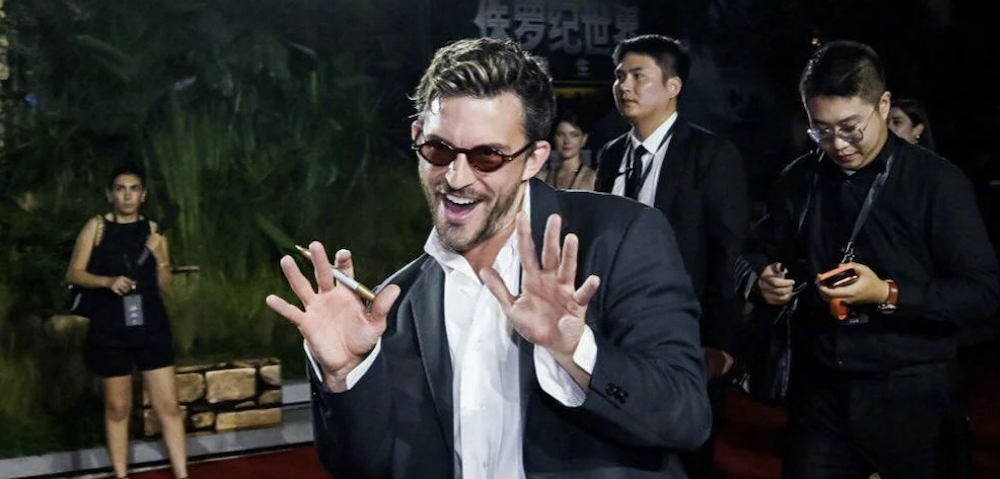
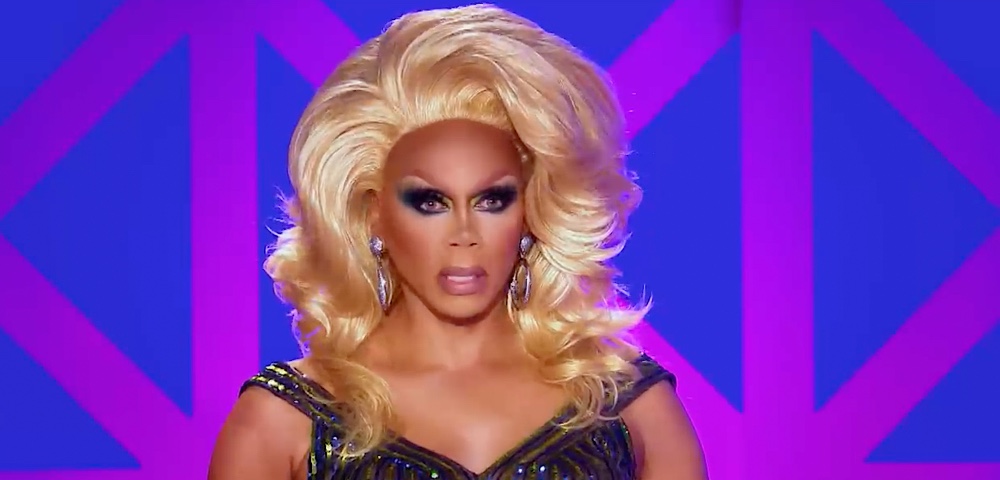
I have a similar story to Matt, I played in a basketball team and there was rampant homophobia, both from the team members and their parents, I walked away from that. If I had come out, I would still have had to walk away. It was very clear, gay people were not welcome in that competition.